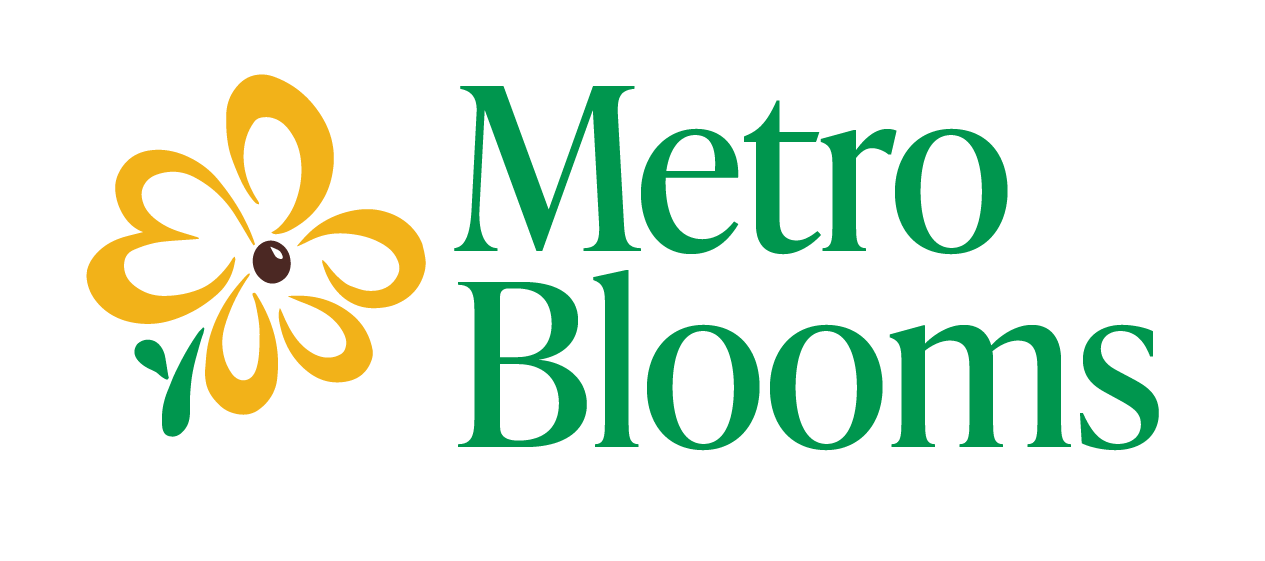Family: Caprifoliaceae
Scientific Name: Diervilla lonicera
A fast-growing deciduous shrub, the Dwarf Bush Honeysuckle is insensitive to changes in light and is found in woody, shaded sites as well as exposed, rocky sites. It grows well in sandy, dry, and slightly acidic soils. It is often found growing among Jack Pine (Pinus banksiana) and Balsam Fir (Abies balsamea).
Watch for: Small, mound-shaped shrub to 3 feet tall. Exfoliating bark reveals orange inner bark. Dark-green simple, opposite, and pointy leaves change from yellow to red in autumn and small. Bell-shaped flowers are yellow-green in early summer, becoming orange or purplish-red as the season continues.
Other names: Northern Bush Honeysuckle, Low Bush Honeysuckle, Yellow-Flowered Upright Honeysuckle
History: Diervilla lonicera is a naturalized Minnesota species. The Japanese cousin of the Dwarf Bush Honeysuckle is used as headache medicine and plants in the honeysuckle family are often utilized for herbal cough medicine.
Tidbits: Bluebirds love Diervilla lonicera, as do Bumble Bees. It is well  adapted to fire-prone habitats because it can regenerate quickly from underground stems and is an important food source for moose during the winter.
adapted to fire-prone habitats because it can regenerate quickly from underground stems and is an important food source for moose during the winter.
Gardens/Cultivation: Dwarf Bush Honeysuckle is well-used to stabilize soils due to its suckering propagation. It requires little maintenance and grows quickly, filling out right down to the ground. It is best pruned in late winter once the threat of extreme cold has passed. It attracts a variety of pollinators, including butterflies, birds, and hummingbirds.
__________________________________________________
Sources:
Bachman’s Landscaping Plant Search: http://plants.bachmanslandscaping.com
Native Plant Database. The University of Texas at Austin. http://www.wildflower.org/plants
Schoen, D.J. 1977. Floral Biology of Diervilla Lonicera (Caprifoliaceae). Torrey Bot. Soc. 104(3): 234-240.
USDA Plants Database: http://plants.usda.gov
